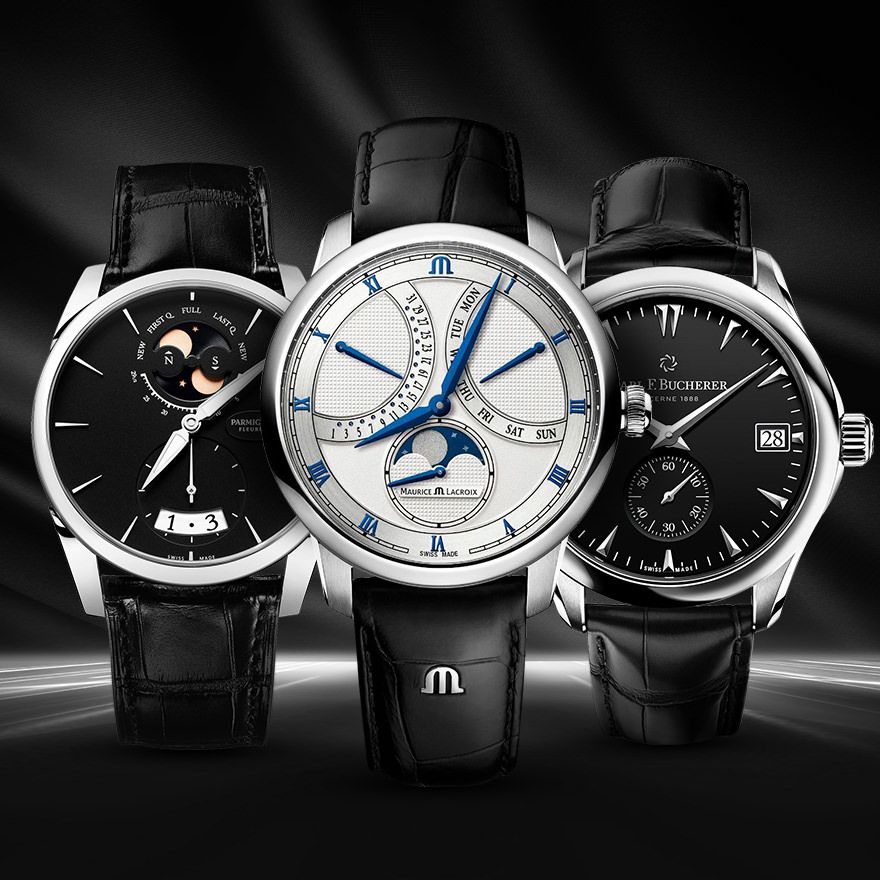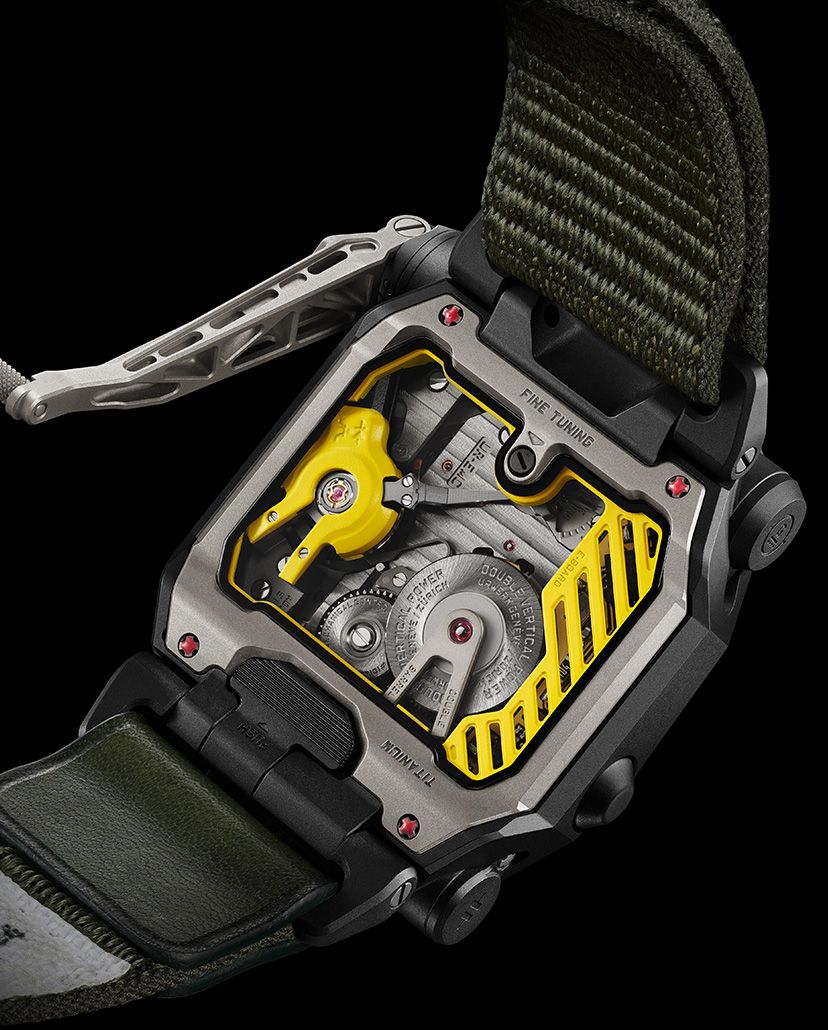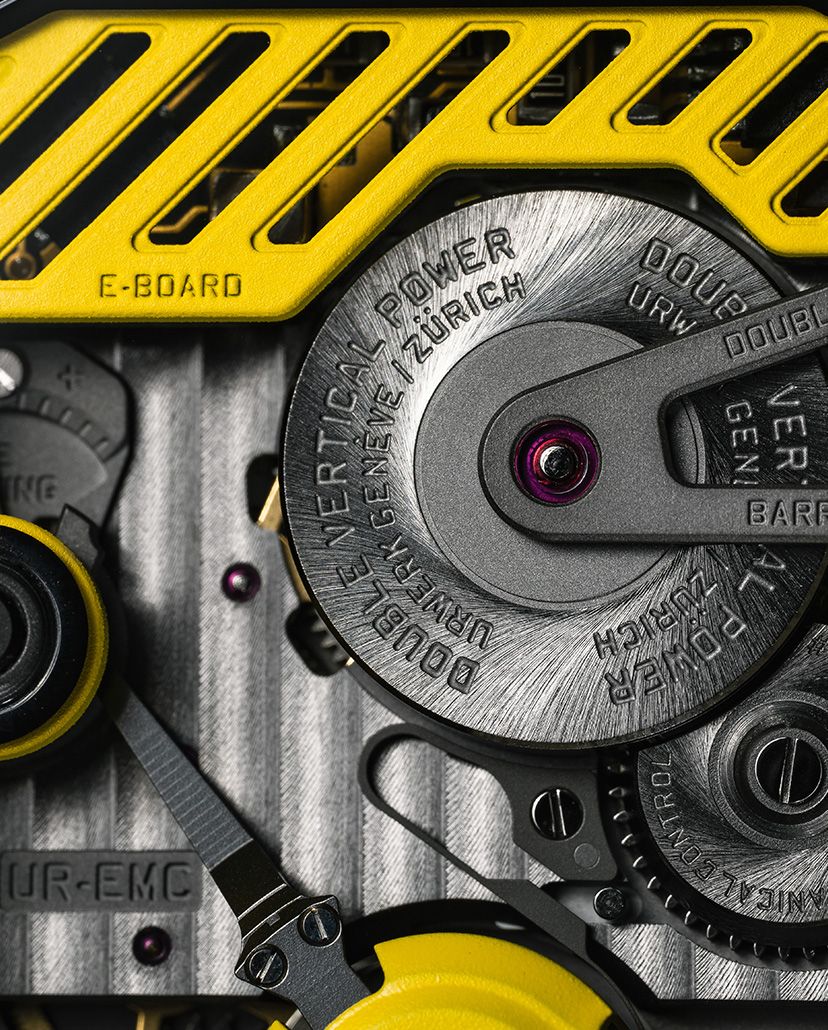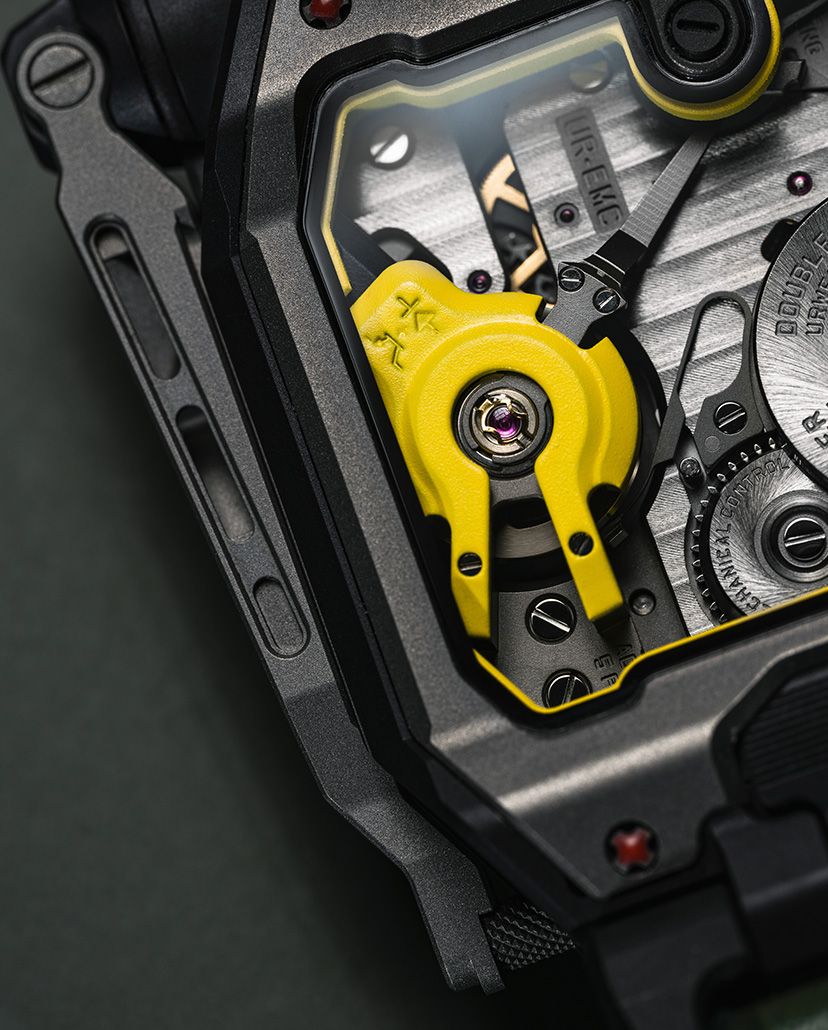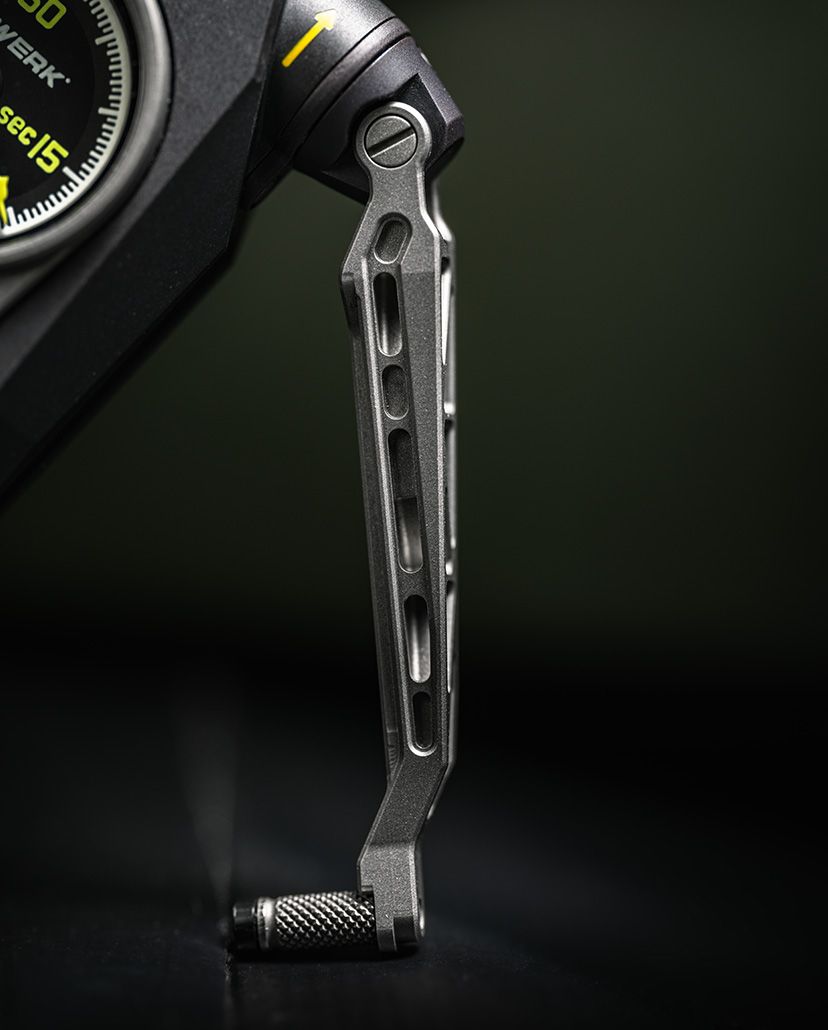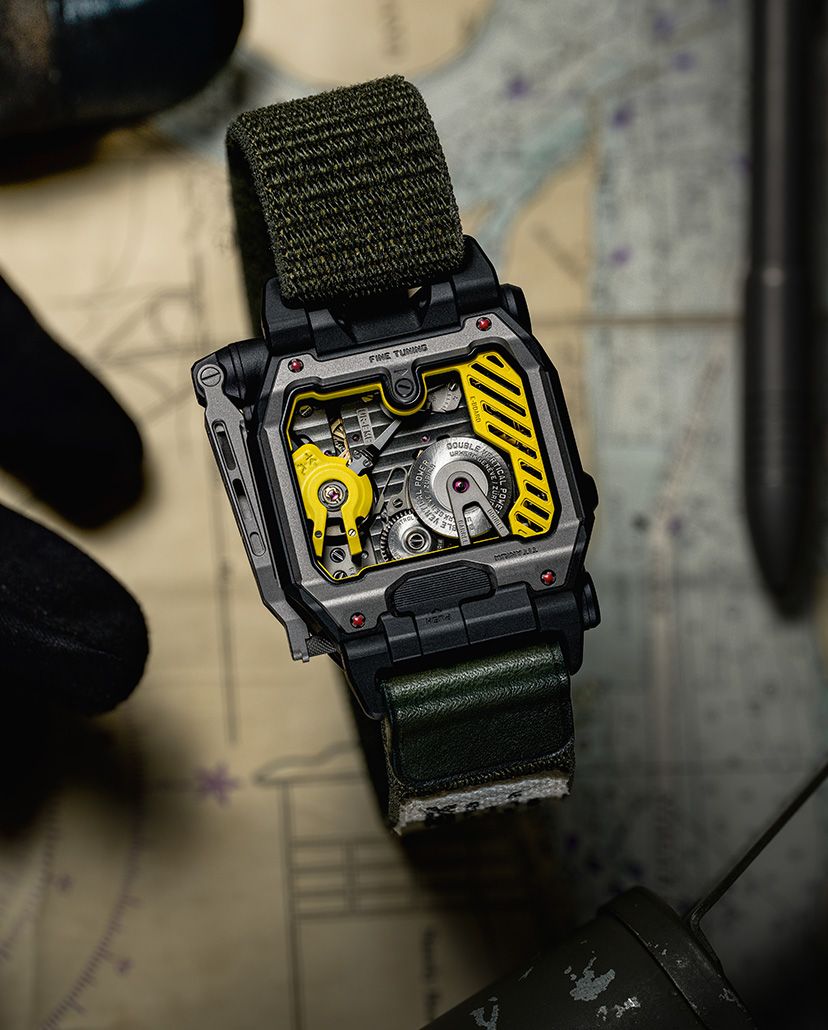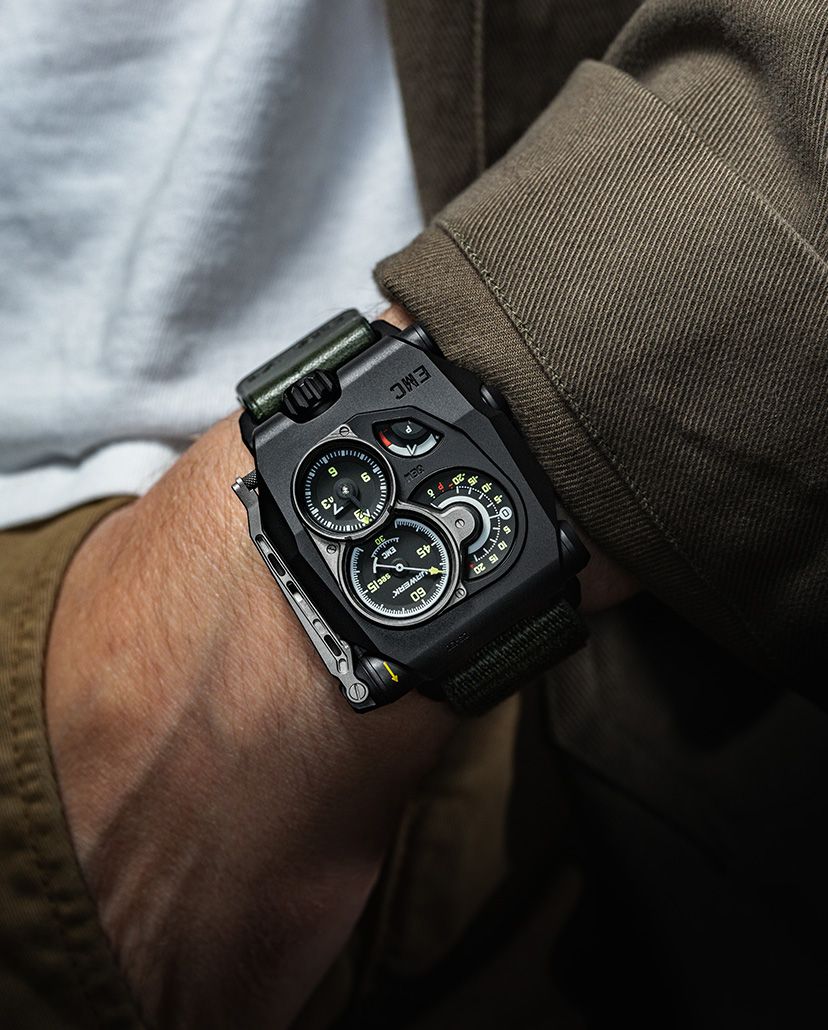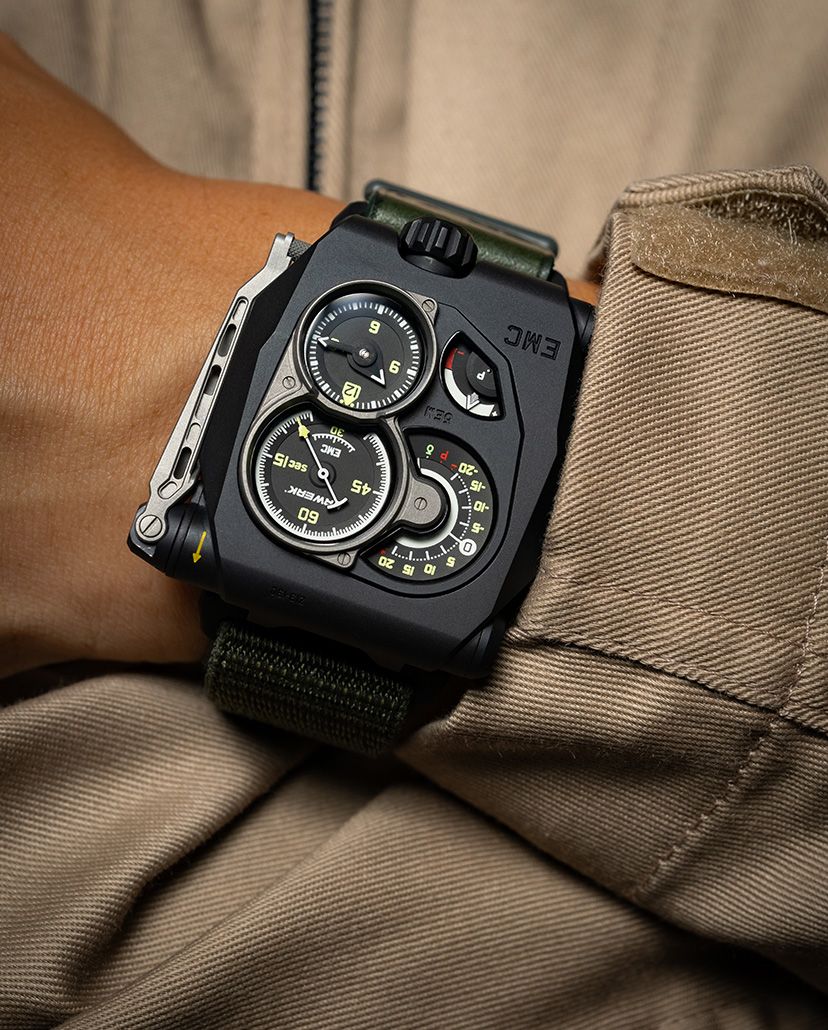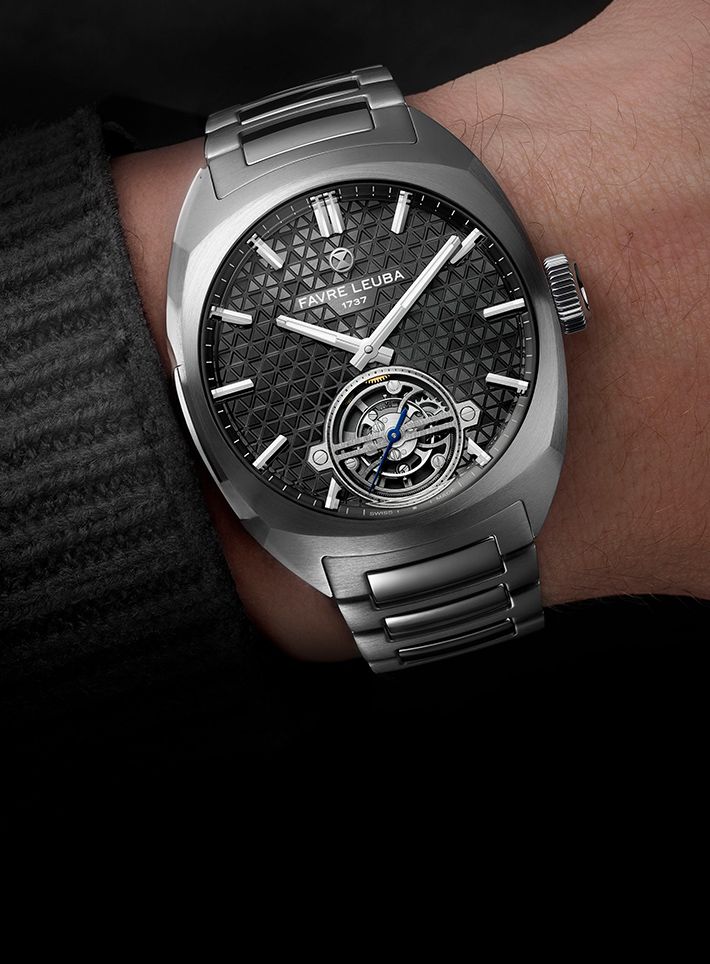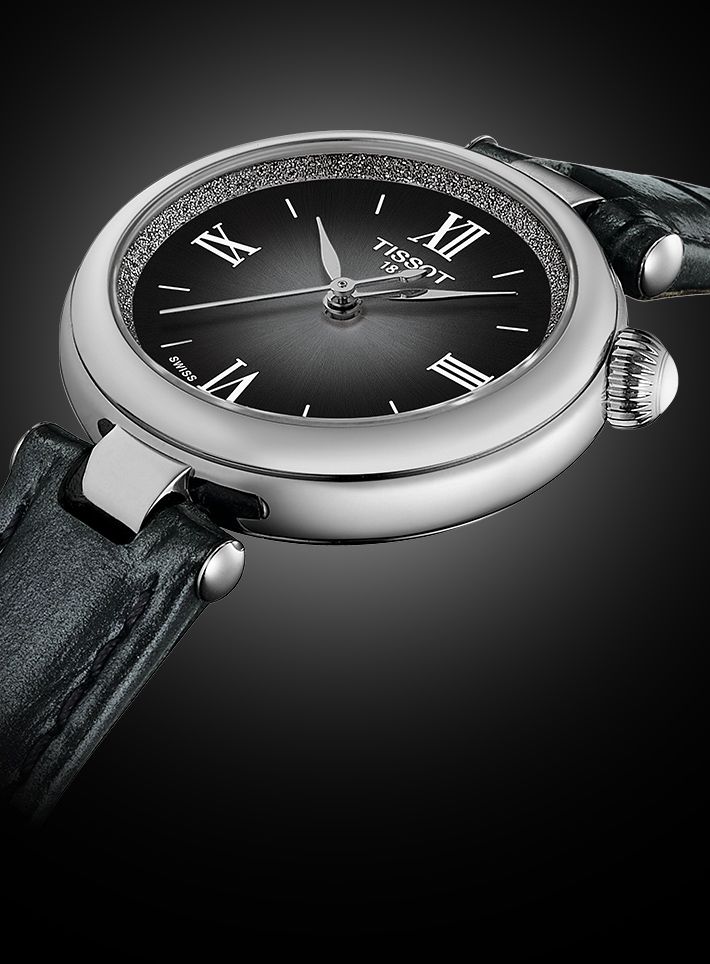SpotlightThe World’s Fastest Stealth Aircraft, A Secret Alloy And The Patented EMC: Recipe Of The New Urwerk EMC SR-71
Urwerk EMC marks its 10th or tin anniversary with a commemorative SR-71 timepiece containing shards from the fuselage of the aircraft SR-71 Blackbird and the patent EMC (Electro Mechanical Control) that informs the wearer of the watch’s chronometric performance in real time
May We Recommend
On one hand, there’s the Urwerk EMC (Electro Mechanical Control), the world’s first precision mechanical watch launched in 2014 that allows the wearer to keep track and adjust the time as per their requirement. On the other hand, there’s the Lockheed SR-71 Blackbird, the world’s fastest stealth aircraft, powered by Mach3+ (the ability to fly three times the speed of sound), which retired in 1999, and has since been displayed at the Smithsonian National Air and Space Museum in the US. When the co-founders of Urwerk—Felix Baumgartner and Martin Frei—brainstormed with the co-founders of Dreamland Aerospace—Jason Sarkoyan and Dr Roman Sperl (Blackbird aircraft specialist)—the EMC SR-71 timepiece was born as the commemorative timepiece for the 10th anniversary of the original EMC watch. In honour of this ‘tin’ anniversary, the EMC SR-71 timepiece will be available in a limited edition of only 10 pieces.
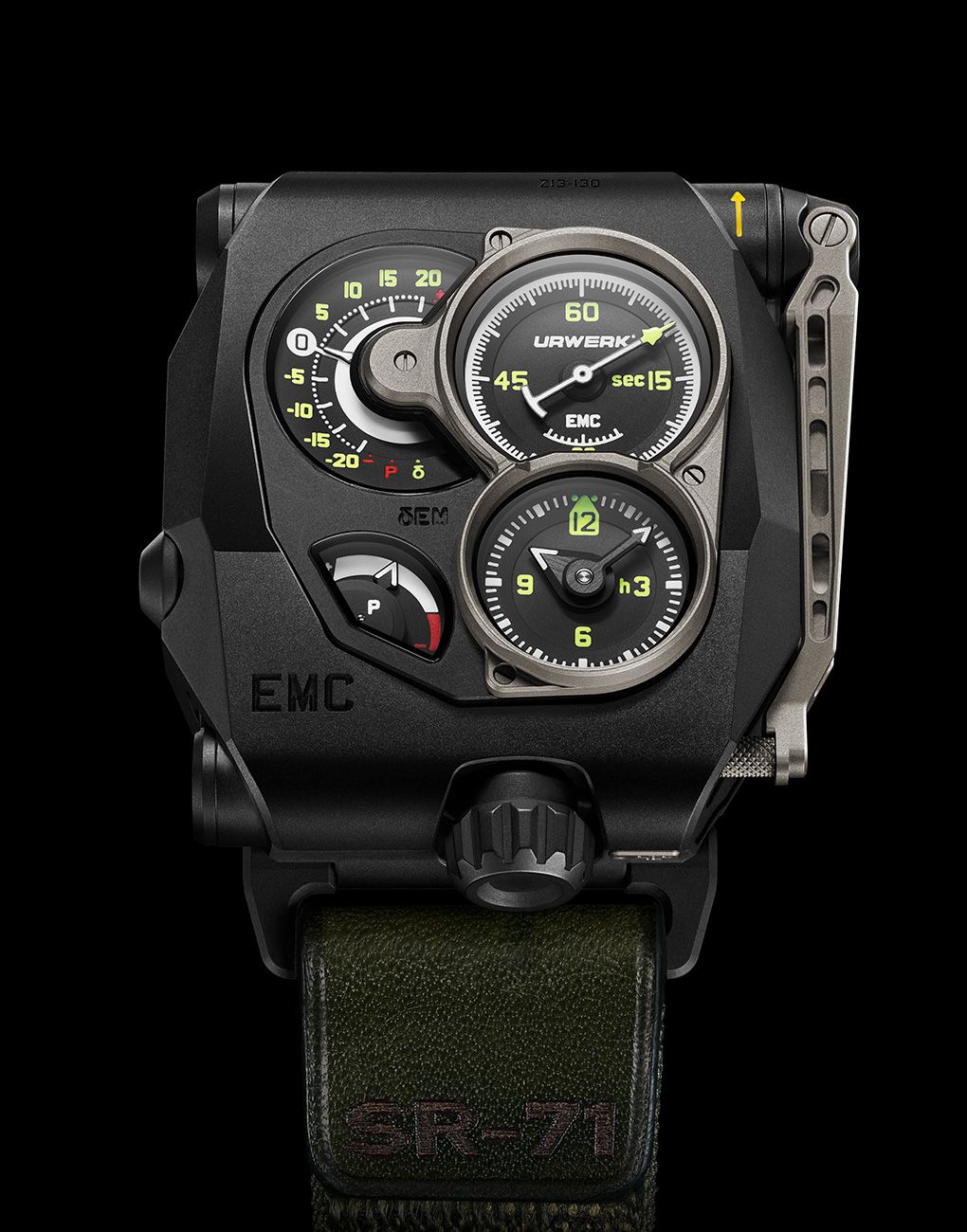
A High-Performance Movement
Judging by the number of awards—winner of the ‘Mechanical Exception’ and ‘Innovation’ categories at the 2014 Grand Prix d’Horlogerie de Genève, ‘Watch of the Year’ by Revolution Asia, and ‘Best of the Best’ by Robb Report USA—it’s safe to say that the 2014 Urwerk EMC blew industry minds. Along with operating the conventional timekeeping features—hour, minute, second and power reserve—the in-house manually wound movement, also called Urwerk EMC, features an optical sensor on its balance wheel that keeps track of the wheel’s 28,800vph (precise rate of oscillation) against a 16,000,000 Hz electronic oscillator benchmark. This performance indicator, more like an integrated circuit with a calculator, is accessible via a button adjacent to eight o’clock on the case, which informs the wearer of the watch’s chronometric performance in real time via the 10’clock sub-dial. Each microsecond difference between the movement’s timing rate and the reference oscillator is expressed as a gain or loss of a second per day of the movement’s timing rate. A variation of 0.0000014 of a second per half-vibration translates as a variation of one second per day. Lastly, the vertically mounted series-coupled double mainspring barrels provide upto 80 hours of power reserve.
The EMC movement is powered by the Maxon® generator, designed by Swiss company Maxon, renowned for having developed the electromotors that equipped Mars rovers for NASA’s Pathfinder probe. Based on these learnings, the wearer can adjust the watch setting to achieve high accuracy of time. Visible through the caseback and sapphire crystal, this movement’s performance was tested on four positions over 30 days to meet the high standards of precise timekeeping.
Use Of Unconventional Materials
The Urwerk EMC had explored a new dimension to horological design by imbibing shards from the fuselage of the Blackbird. These ‘shards’ are a combination of titanium and an alloy—its exact composition is top secret, harking to the makeup of the stealth aircraft. Like its 10-year-old predecessor, the EMC SR-71 timepiece also uses the titanium alloy shards from the aircraft fuselage, but this time, only in a hand-crank and a screw-down bezel atop two sub-dials—the running seconds indicator at two o’clock and the hours at five o’clock. Do note the second hand, shaped like the Manta Ray silhouette of the SR-71 stealth aircraft. Occupying the left side of the dial is the power reserve indicator at seven o’clock. Overall, the dial of EMC SR-71 resembles the instrument panel in a cockpit. In the press release, Martin Frei explains this design vision, saying, “A watch, like an aircraft, is a machine that provides information about its performance.”
At 47.55mm x 49.57mm, the SR-71 is a big watch. Made from titanium and steel, it has slight sheen, courtesy the mix of satin and shot blasting finishes. Plus, the movement has its own set of finishes: Côtes de Genève, snailing, and micro bead-blasting. Additionally, the balance wheel is made from a non-magnetic and anti-corrosive alloy called ARCAP; a material lauded for its ability to mitigate friction, enhance aerodynamics, and reduce amplitude.
Inspired by aeronautical safety straps and the stealth look of the supersonic aircraft, the watch features a black NATO strap (nylon, leather) with Velcro fastening. The Urwerk EMC SR-71 thus unites strategic reconnaissance aviation with high accuracy in time telling.
The Urwerk EMC SR-71 In A Nutshell
- Case: Titanium and steel, 47.55mm x 49.57mm; sapphire crystal; shit-blasting finish; Crank handle in SR-71 alloy; titanium; aluminum; vanadium; silicon; iron; molybdenum and more
- Functions & Display: Hours, minutes, seconds, performance indicator (patented); movement finishing includes Côtes de Genève; snailing; micro bead-blasting; chamfered screw heads
- Movement: Manual winding UR-EMC; 28,800vph; 80 hours of power reserve; ARCAP P40; URWERK balance coupled with optical sensor; Vertically mounted series-coupled double mainspring barrels; Swiss lever escapement
- AI: Manual-winding Maxon® generator; Optical sensor linked to the mechanical balance; 16,000,000 Hz electronic oscillator
- Strap: NATO (nylon, leather); aeronautical safety straps, Velcro fastening
FAQs
-
What are the key features of Urwerk EMC?
The Urwerk EMC, which stands for 'Electro Mechanical Control', incorporates an optical sensor to measure the balance wheel of the in-house mechanical movement. This information is then compared against a 16,000,000 Hz electronic oscillator (a quartz module). The accuracy result of the mechanical movement is then displayed on the upper-left dial.
-
Why is titanium a good choice for a watch case?
Titanium is an excellent choice for luxury watch cases, as it is lightweight but also durable and highly scratch-resistant. The matt grey aesthetic makes titanium a high-performance, high-end timepiece, offering both quality and a visual appeal.
-
What is the purpose behind decorations like Côtes de Genève on a watch movement?
The Côtes de Genève decoration on a watch features an intricate, parallel striped pattern; a hallmark of traditional Swiss craftsmanship. It provides functional benefits like better heat dissipation and surface protection. This decoration then not only enhances the visual appeal but also signifies the high-quality manufacturing standards used in producing the watch.
